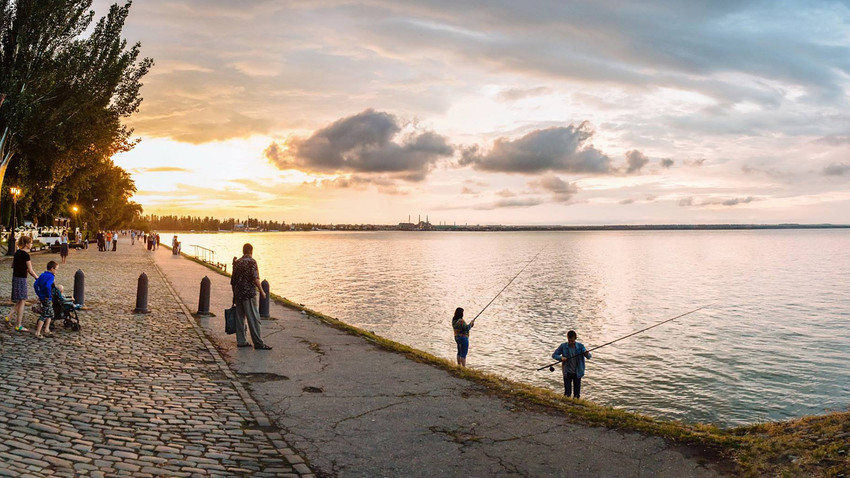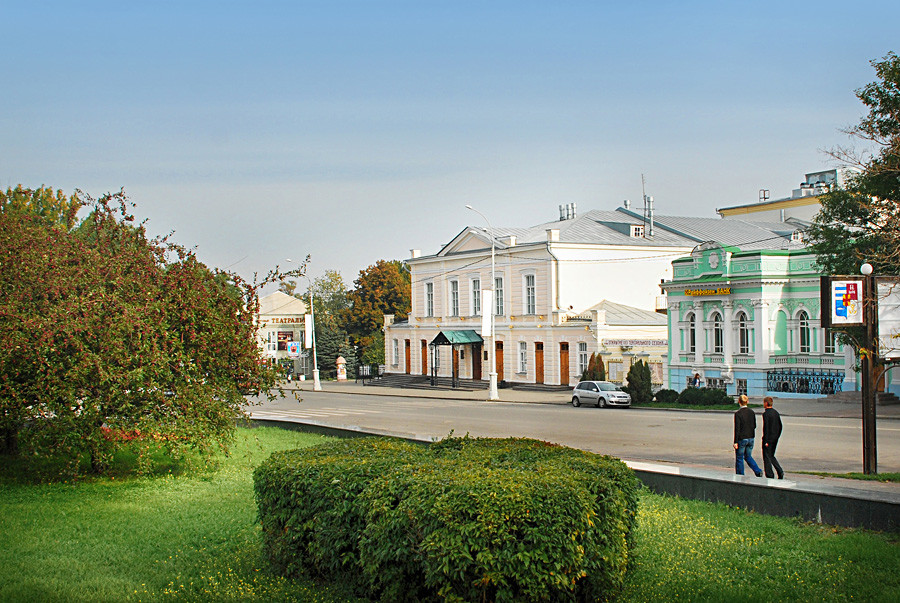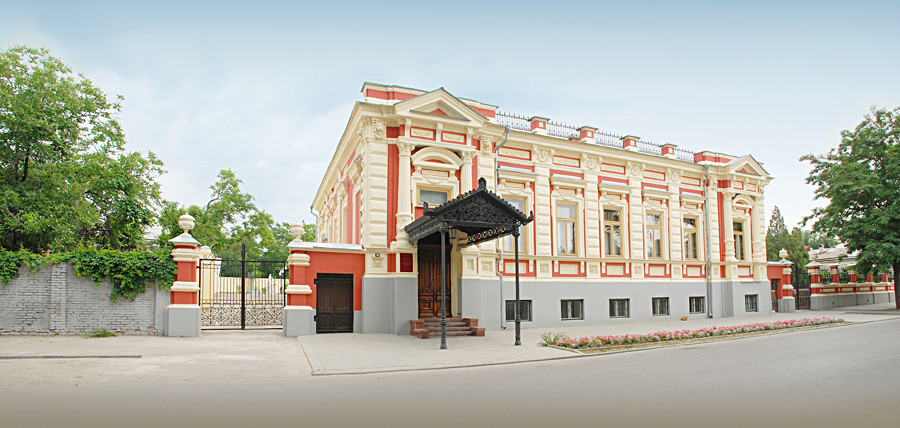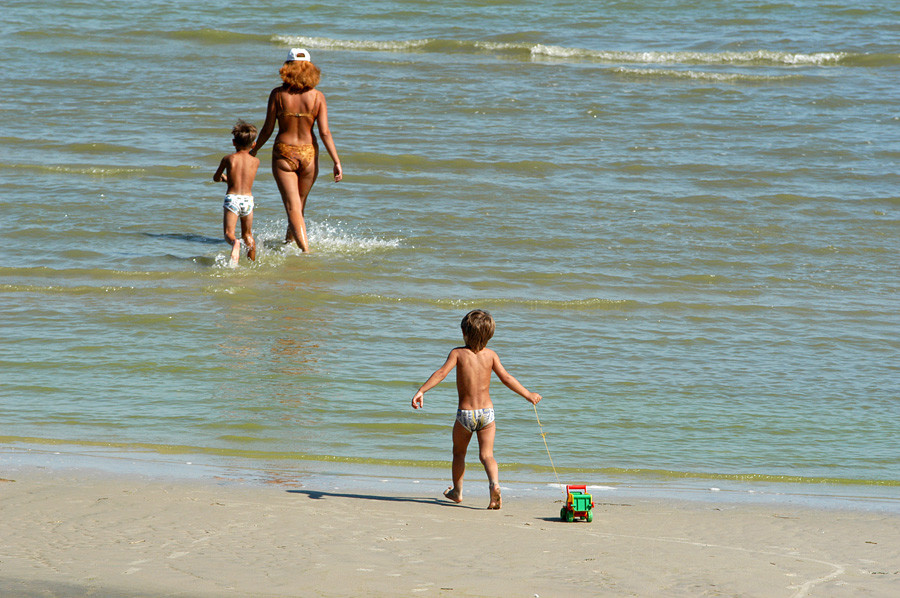Follow in the footsteps of Chekhov while enjoying good seafood in the city of Taganrog

Taganrog has a rich history, and there are a lot of things worth seeing there.
Igor KochanovIn 1698, Peter the Great, one of Russia’s most important
Taganrog has a rich history, and there are a lot of things worth seeing there. Russia Beyond has compiled a small guide of what to do in this quaint little town in southern Russia.
See spots from the life of Anton Chekhov and the characters he created

Chekhov House-Museum.
Viktor Pogontsev/Global Look PressAnton Chekhov,
It is here that you can see the tiny white house with a green roof where he lived with his parents. The school still has Antosha’s (as his parents called him) desk, and his relatives’ food stand (a veritable treasure trove of

Taganrog drama theater.
Legion MediaYou can visit other
Learn all about 19th century provincial mansions

Alferaki Palace.
ISasha/WikipediaActive urban construction in the city center, including buildings that are well preserved to this day, began in the 19th century. Nowadays, the buildings show off the eclectic tastes of Russian landowners, who commissioned architects to build townhouses in the style of Palladianism, Baroque,

Taganrog Museum of Art.
Legion MediaAnother unique masterpiece is Khandrin’s mansion, which now houses the Taganrog Museum of Art. This neo-classical building with Renaissance and Baroque elements has an indoor garden from which you can see the inner façade, which was constructed in the typical Russian style. The museum contains a small yet important collection of Russian paintings, including works by Ilya Repin, Ivan Aivazovsky, Konstantin Korovin and Valentin Serov.
Buy fish at the local market

Try fantastic local fish.
Legion MediaYou’ll hear all about the region’s gastronomical traditions at the local history museum. But in order to get a true sense of the city’s fishing life you should go to the Central Market. Fishermen here still practice their trade independently. Besides buying fresh fruits and vegetables, which today could probably be called “natural” products and are brought in from surrounding villages, make sure to check out the fish stands. Sure, you won’t find a Mediterranean cornucopia of seafood, but the gobies must be tried. Everyone in Taganrog knows how to prepare this anchovy-like delicacy—just disembowel the fish, roll it in flour and fry it in sunflower oil. The fishermen also dry and salt perch, roach and bream, and the resulting product
Take a swim in the world’s shallowest sea

Taganrog Bay. Beach.
Global Look PressIf you come to Taganrog in the summer or even in the fall, one of
The city is surrounded by water and has some very nice beaches. The main beach is Solnechnyi Beach, which can be reached by walking down an old stone staircase. Past the nearby precipice you can see the Tchaikovsky House, which is where the famous composer’s brother lived. Peter Ilyich himself was a frequent guest as well.

Tchaikovsky House.
Legion MediaEven if it’s not swimming season, you can take a pleasant stroll along the waterfront and grab a bite to eat at Café
If using any of Russia Beyond's content, partly or in full, always provide an active hyperlink to the original material.
Subscribe
to our newsletter!
Get the week's best stories straight to your inbox